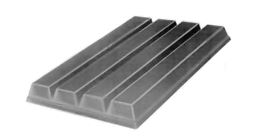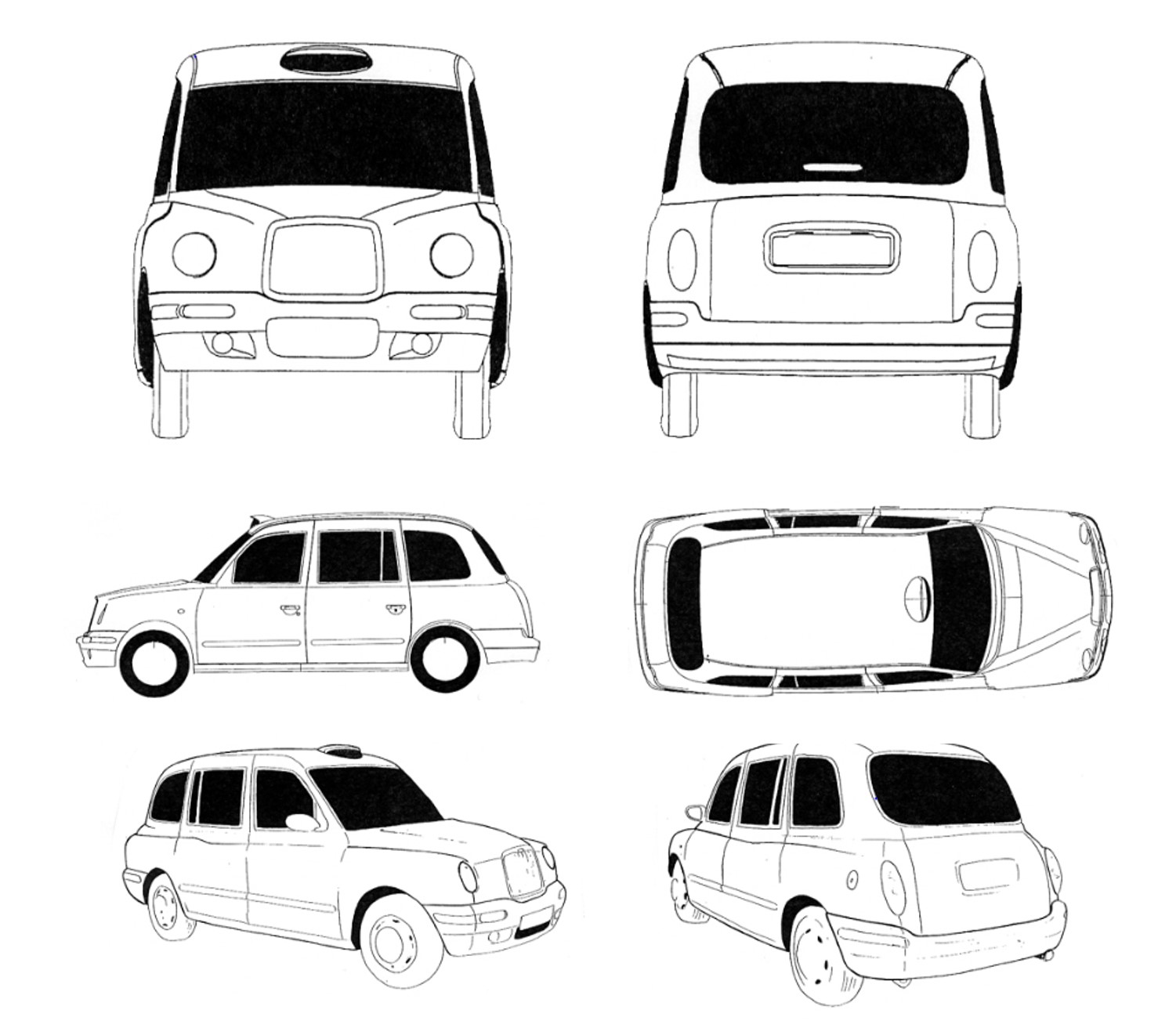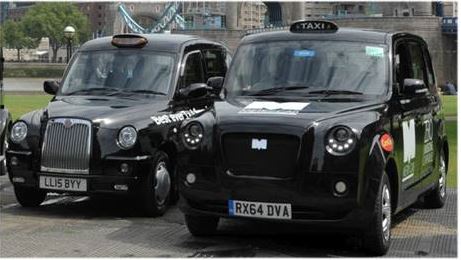25/01/2016
Trade marks, the signs showing who made a product, are not just the words or images applied to the product, labels or packaging. If the sign is distinctive and capable of being shown on an application form, you can register it in the UK or as an EU mark. Sometimes the distinctiveness is argued as one which is acquired through use. This routinely happens with 3D shape marks. But when the evidence is analysed, does it really show that the shape has acquired distinctiveness? What if every time a consumer sees the shape, there is other branding associated with it: a name, a logo, or coloured packaging? Is the shape alone telling the consumer who made the product?
The UK High Court has just issued two decisions against brand holders whose products have distinctive shapes. It is unlikely that this will be the final word on whether the shape of a product can be registered as a trade mark, and then that registration infringed.
Nestlé & Cadbury: the KitKat shape
Nestlé found that the UK Court is not prepared to give it a registration of the shape of KitKat, one of its chocolate biscuit bars. The mark it wanted to register was the 4 bar shape alone (shown below) with no other branding on it. Nestlé has been fighting this in the courts since it applied for registration in 2010. There are reports in the press that Nestlé will now appeal this High Court decision.

The United Kingdom Intellectual Property Office (UK IPO) had initially accepted the application but Cadbury opposed and the UK IPO agreed with Cadbury. That decision was appealed to the High Court, but then went to the European Court for clarification of the law.
Nestlé cited a survey in which 90% of people shown a picture of the biscuit, without any names or symbols attached to it, mentioned KitKat. But, in applying the guidance from the European Court, Mr Justice Arnold ruled that the consumer relied “only on the word mark KitKat” and other branding to identify it, the bar being sold wrapped in packaging. Nestlé’s appeal was rejected and the registration refused. (Société des Produits Nestlé SA v Cadbury UK Ltd [2016] EWHC 50 (Ch), January 2016.)
The shape of London taxis
The same judge then ruled on shape marks which had made it onto the register and were now being tested in an infringement action.
The London Taxi Corporation had both a UK and an EU registration of versions of its famous vehicles:
EU Trade Mark Registration No. 951871

UK Trade Mark no. 2440659

A rival, Ecotive, launched a new vehicle called the Metrocab which LTC claimed was just too similar in shape to the LTC taxi. Mr Justice Arnold ruled that LTC’s EU and UK registered marks would be perceived by the average consumer of taxis as a mere variation of the typical shape of a taxi, and declared the trade mark registrations invalid. He dismissed any claim of distinctiveness acquired through extensive use acting to validate the registration.
In KitKat, the fact that the name was used on the product packaging was relevant. Here, it was held that people did not perceive LTC’s taxis as originating from LTC because of their shape as opposed to any other trade mark present on the taxis, for example, the badge appearing on the on the front of the taxis.
And worse was to come for LTC when the judge dismissed their passing-off claim, which does not need a trade mark registration. The finding was that LTC did not satisfy the court with direct evidence that the shape of the new Metrocab was likely to lead consumers of taxi services to believe that it came from the same source as LTC’s taxis, as opposed to being a licensed London taxi. (The London Taxi Corporation Limited trading as The London Taxi Company v Frazer-Nash Research Limited and Ecotive Limited [2016] EWHC 52 (Ch))
The two vehicles are shown below (the LTC taxi is on the left).

The BBC ran an article on the cases last week and it hit the top five most read on their website. There’s clearly a public interest – but is Mr Justice Arnold right? Is the public interest best protected by denying registration to such 3D marks, so others can copy without fear of trade mark infringement?
This article is for general information only. Its content is not a statement of the law on any subject and does not constitute advice. Please contact Reddie & Grose LLP for advice before taking any action in reliance on it.


